What is sufficient PSI for underslab insulation to accommodate a 7,000-pound truck and a 9,500-pound skid steer?
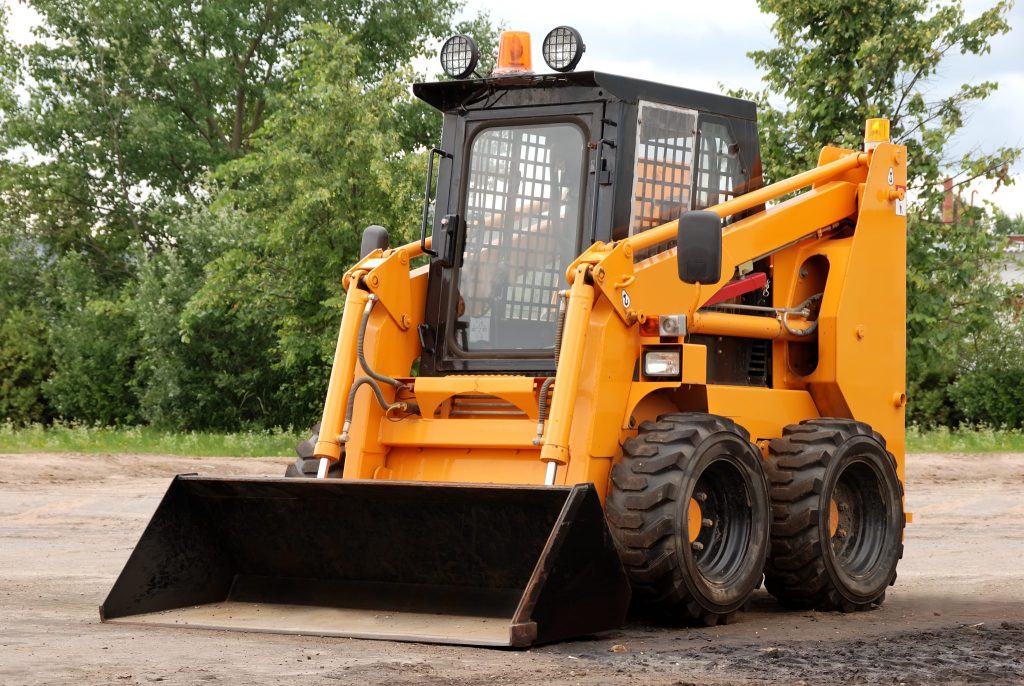
What is sufficient PSI for underslab insulation to accommodate a 7,000-pound truck and a 9,500-pound skid steer? The sufficient PSI for underslab insulation to accommodate a 7,000-pound truck or a 9,500 skid steer loader is 16 PSI. This value accounts for the point loads imposed by the truck and the skid loader as well as […]
Is Halo Exterra Structural?
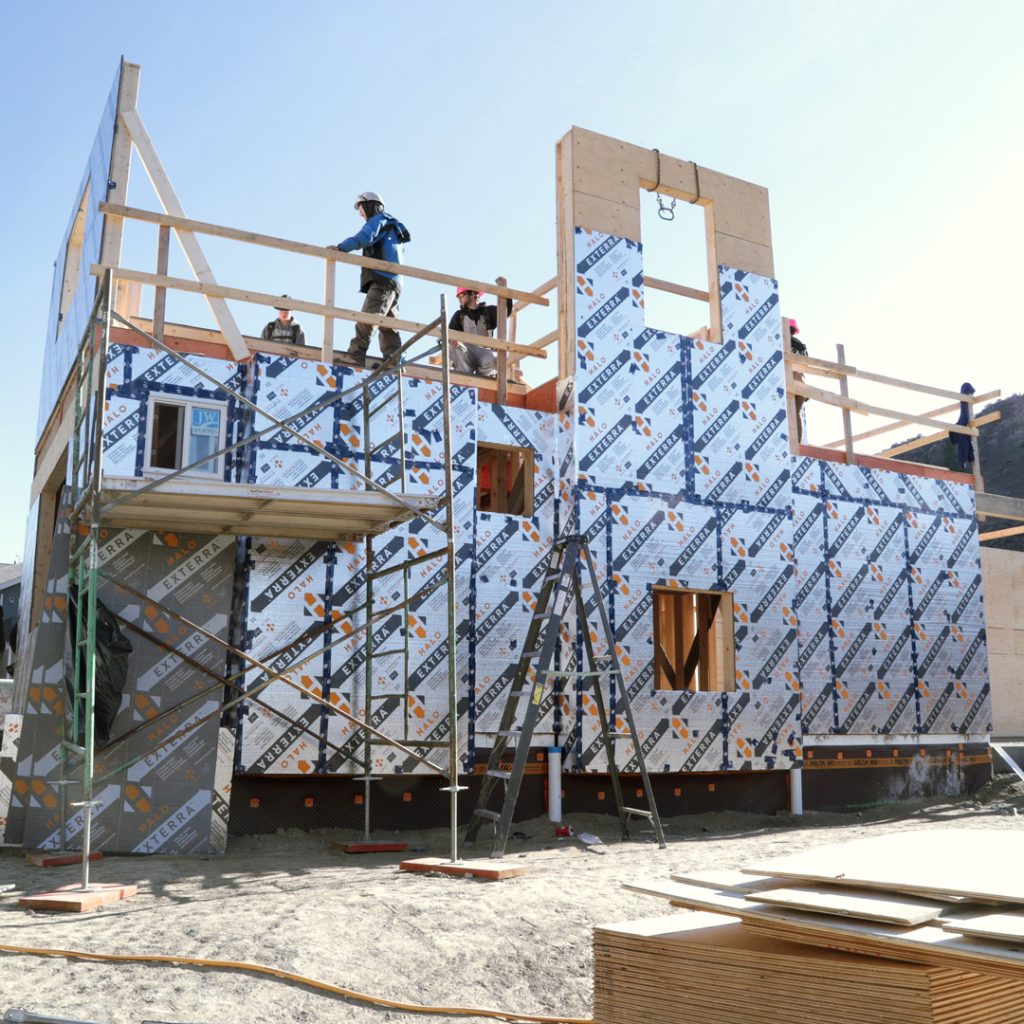
Is Halo Exterra Structural? No, Halo Exterra does not provide lateral support to the structure. It is non-structural. Exterra can be placed vertically or horizontally and can be fastened directly to the wood studs in an open stud wall assembly. However, the stud wall assembly must be properly braced as required by building codes or structural specifications. […]
Why my Net Zero Energy Ready House Failed from a Sustainability Perspective
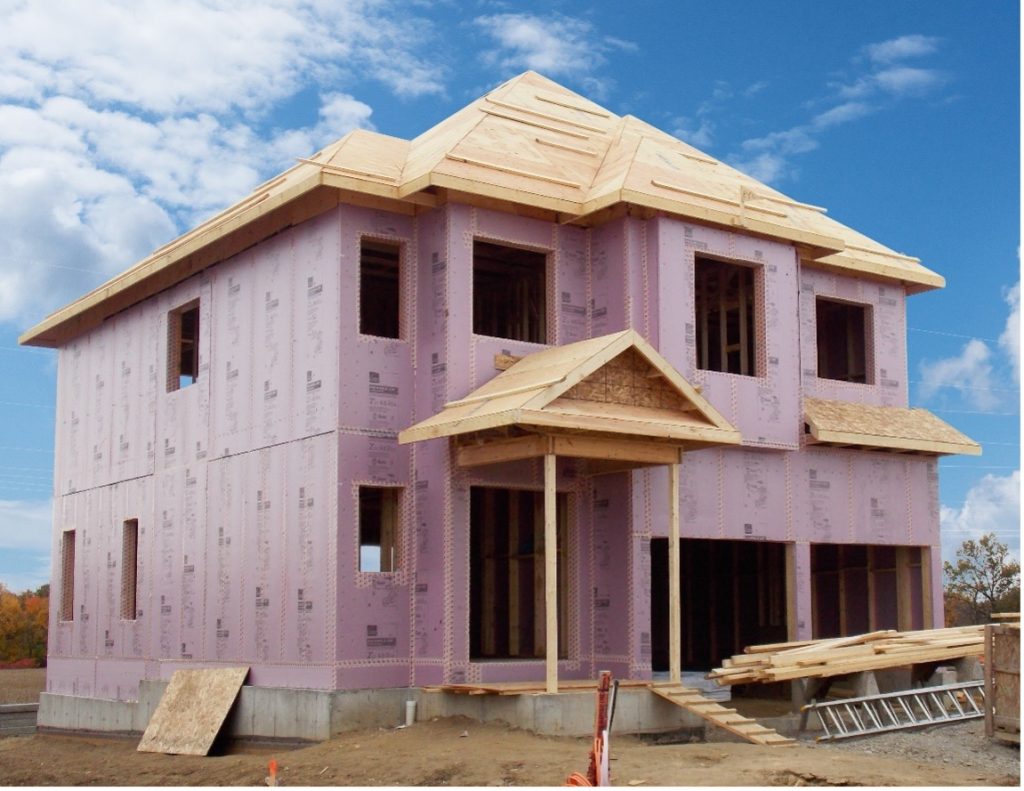
Fresh out of university I landed a challenging and exciting role with a leading global insulation manufacturer. Through almost a decade with the company I learned a tremendous amount that help shaped my career in terms of my values and the voice for change that I wanted to have in the construction industry. A few […]
How to Determine The Correct Foam Board Insulation Thickness For Your Project?
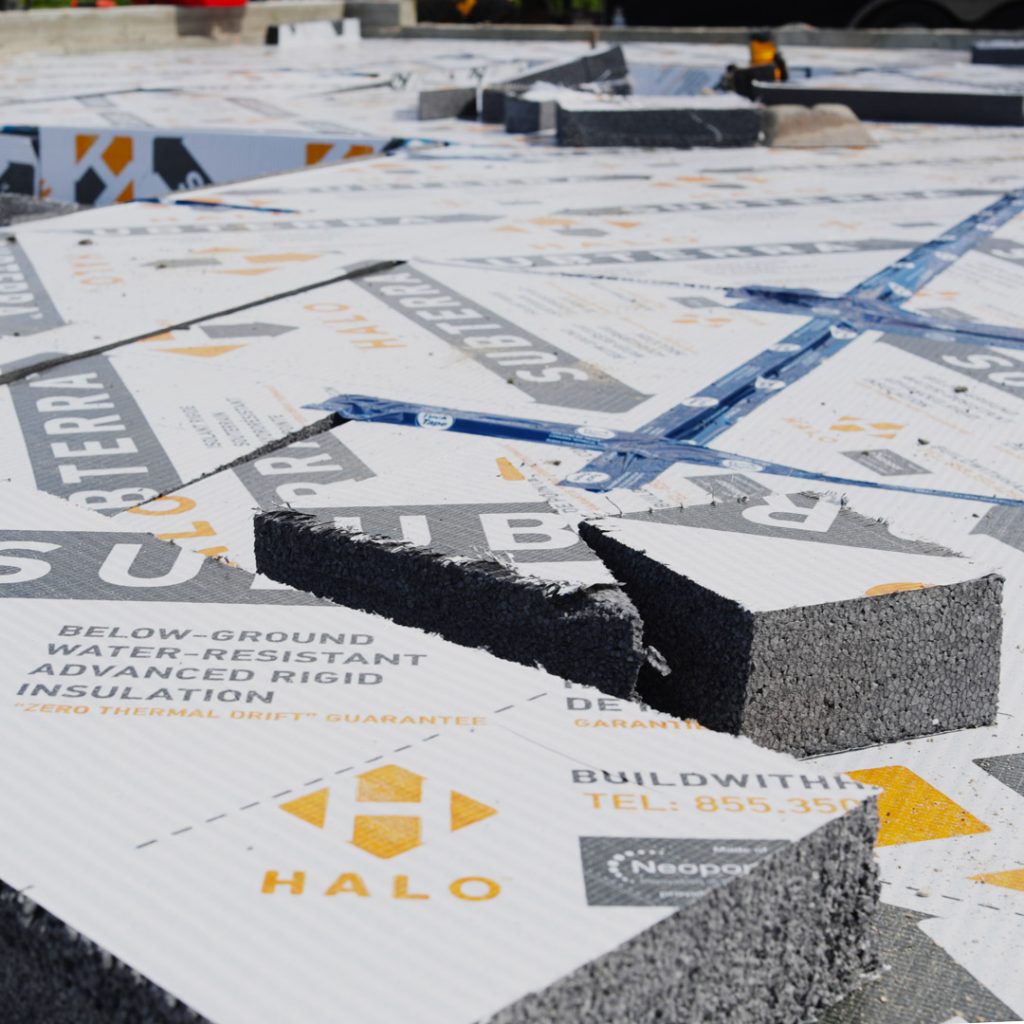
Foam board insulation is an essential component in any wall assembly — it boosts R-values, helps manage moisture build up in the wall cavity and eliminates thermal bridging. But how thick should your layer of rigid insulation be? The answer hinges on nine general factors that determine the required thickness of foam board insulation on […]
Where Should Halo Interra Be Installed When Insulating a Roof?
Where Should Halo Interra Be Installed When Insulating a Roof? Halo Interra should be installed on the underside of the ceiling joists when insulating a roof. Such placement is ideal because fastening the Interra panels to the joists’ underside is the simplest way to insulate a roof. In contrast, installing the foam boards on top […]
The Advantages of Using Halo Interra FR to Insulate Crawl Spaces
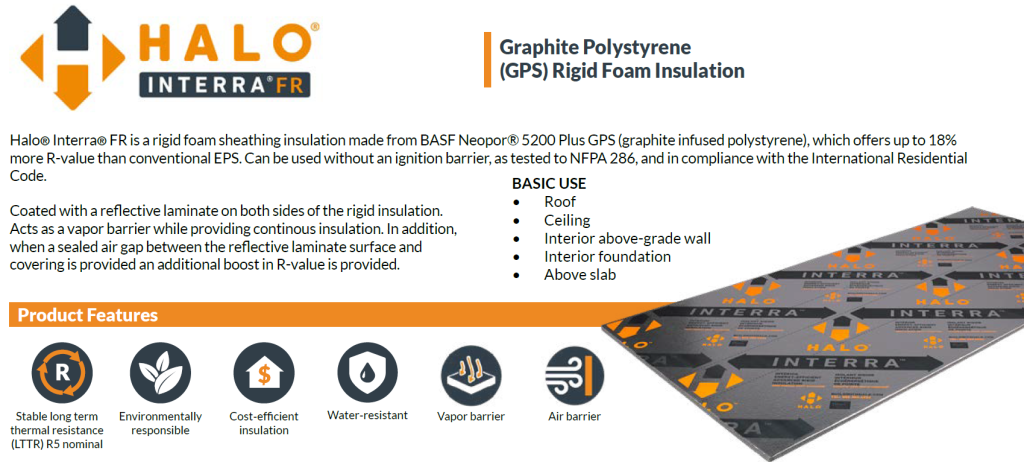
Crawl spaces are a huge market in the USA. In states like Tennessee, Kentucky, Virginia, Maryland, North Carolina, and many others, crawl spaces are commonly found in newly built homes. Crawl space renovation is another popular niche, as many owners of existing crawl spaces want to minimize heat loss and moisture issues below their homes. […]
Is Foam Board Insulation Flammable?

Yes, foam board insulation is flammable. However, Neopor’s graphite polystyrene (GPS), which is used in Halo products, is treated with a fire retardant which greatly reduces flame spread and helps the fire to self-extinguish once the source of fire is removed. Thus, Neopor, and all Halo products, are approved for the construction of homes and […]
How Halo’s Interra Helps Prevent Moisture Problems In Foundations

Moisture issues are common in homes, especially down in the basement. But while leaks account for some of the moisture, a good deal of it comes from condensation that occurs on the warm side of the basement wall. Moisture buildup on basement walls can spell real trouble for the home’s occupants, as it slowly damages […]
How Does GPS Perform Compared to XPS and Poly ISO?
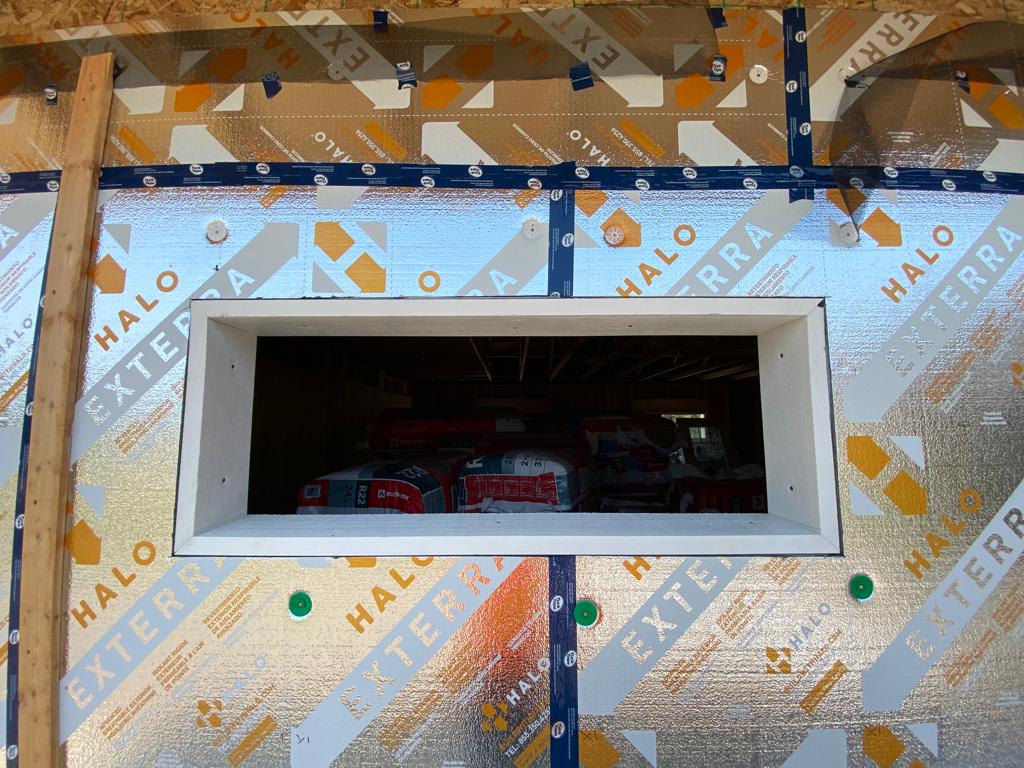
What Is GPS? Graphite Polystyrene (GPS) is a type of polystyrene foam insulation and is the insulation material that forms the core of Halo’s Interra®, Exterra®, and Subterra® panels. GPS is basically Expanded Polystyrene (EPS) which is infused with graphite particles. These graphite particles reflect radiant heat as it moves through the insulation, thus slowing down heat transfer considerably. […]
What Flashing Materials Are Recommended for Use With Halo Exterra?
Check out these six flashing materials that are recommended for use with Halo Exterra.


